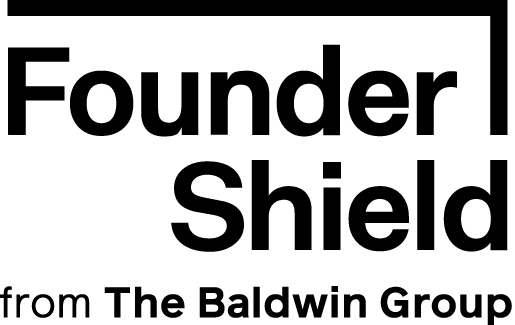Key Takeaways
Not all risk is equal in the insurance world. In other words, some vulnerabilities are easier to predict and recover from, while others are more like wildcards — and consequently more challenging to insure. This post examines what an insurable risk is precisely and what’s it not. We aim to help you better understand the ins and outs of your insurance policies, so your business can continue to grow and thrive, including how to manage risk.
What Does “Risk” Mean?
Before we start describing scenarios and circumstances of what an insurer will or won’t cover, let’s rewind to discuss a few crucial definitions. First, a risk is the likelihood of a specific event occurring, triggering the insurer to pay a claim. Naturally, some risks are more severe than others, and no insurer covers all risks.
For example, what’s known as “pure risk” is an opportunity for loss and no chance of financial gain, or an opportunity for nothing to happen at all. Either there’s a weekend fire at your office, causing mounds of damage, or there’s not a fire whatsoever. The same goes for someone filing an employment practices claim or a US Securities and Exchange Commission (SEC) lawsuit. Pure risks have no chance of a constructive outcome — it’s all or nothing.
On the flip side, speculative risks result from intentional decisions instead of uncontrollable circumstances—this category of risk results in unknown degrees of either gain or loss. Investments are a classic example of speculative risks, at least when it comes to the commercial insurance world.
Insurers typically cover pure risks and not speculative risks. However, knowing the definition of risk helps us understand why some insurers reject particular risks or gladly take on the challenge. Keep in mind that many risks are insurable — but they must meet specific criteria.
What Makes a Risk Insurable?
As the post title mentions, an “insurable risk” is what insurers will cover. Think of an insured risk as a trade-off with an insurer. You pay your annual premium, while the insurer agrees to pay a claim should you experience a loss.
Some risks merely damage over time, such as a building’s wear and tear or things maintenance-related. Insurers don’t typically cover these vulnerabilities. That said, a risk must meet a handful of criteria to be insurable, including that the exposure must be:
- Enough of a financial threat or costly enough that the company is willing to protect itself against the risk by paying a premium
- Statistically predictable; insurers must estimate how often and severe risk will occur
- Common; plenty of other insured face the same risk, so all the policyholders can shoulder the weight of the collective damages
- Unlikely to occur at the same time as other similar policyholders
- Random; outside of the policyholder’s control
- Clearly defined with a measurable value, not within the influence of the insured
- Financially feasible for the insured; the risk can’t be so disastrous that the insurance company can’t ever pay for it
Examples of Insurable Risks
A startup faces mounds of insurable risk when the founder hires their very first employee. Naturally, a hiring wave usually follows that initial hire, opening the door for employment practices to come under fire. Employment practices liability (EPL) insurance responds in these situations.
Consider mid-market companies, as well, where cybersecurity remains one of the primary risks. Sadly, these businesses are often pegged as “low-hanging fruit” for cybercriminals. As a result, insurers have mounds of statistical knowledge to base their loss estimates, making cyber insurance increasingly popular.
Lastly, large corporations or enterprises face similar challenges as their smaller counterparts. However, executions risks abound much more in this ballpark. Company leaders must often navigate a slew of accusations, causing directors and officers (D&O) insurance a must-have defense.
Risks also vary according to industry. Think about risks the ride-hailing market faces versus exposures the food industry tackles, for example. It goes to show that vulnerabilities change depending on the industry and the company’s stage.
What Is Business Owner Risk?
Before we proceed, let’s clarify what is business owner risk. It refers to the risks associated with owning and operating a business. These risks can include various aspects such as property damage, liability claims, employee-related issues, cybersecurity threats, and more. Understanding business owner risk is essential for business owners and insurers alike.
What Makes a Risk Uninsurable?
Regardless of the industry, companies can’t transfer each one of their risks to an insurer. What’s more, insurance companies can’t cover every last risk on the plant. Sometimes the exposure is too costly, easy to manipulate, or impossible to value. Risks falling in this category are known as uninsurable risks.
Keep in mind that insurance is rarely black and white. Many risks, pegged as uninsurable, have many nuances to them. However, when there is merely a higher probability that a costly risk will occur than the likelihood that it won’t, insurers deny coverage.
Examples of Uninsurable Risks
The following are only a handful of uninsurable risks. Naturally, each insurer determines the insurability of an exposure. Before you purchase an insurance plan, you must know your policies well and understand gaps or holes in coverage.
- Reputational risk: It’s challenging (if not impossible) for insurers to place a value on a company’s reputation. And businesses are always battling through product recalls, offensive social media posts, accusations, etc., to maintain a positive reputation. This issue has a longstanding history in the insurance industry, making reputational risks typically uninsurable.
- Regulatory risks: Furthermore, regulations are tricky to predict and price, too. Think about rules stemming from the Health Information Portability and Accountability Act (HIPAA) or the Food & Drug Administration (FDA). These regulations are ever-changing, making compliance a feat in itself. Naturally, regulation risks are uninsurable.
- Trade secret risks: Because trade secrets are such a nebulous concept, it’s tough to find an insurer who will provide adequate coverage for this area. Consider that the violation isn’t usually in using the trade secret; it’s how the trade secret was acquired in the first place — adding to the complication of this uninsurable risk.
Understand Your Limitation of Coverage
Even when an insurer opts to cover a specific risk, coverage isn’t always straightforward. The amount an insurer will payout has limits, as well. Usually, an insurer will counterbalance their own risk (of insuring you) with premiums, exclusions, and predetermined dollar limits.
This approach only makes sense as insurers have to protect their assets, too. By limiting the number of covered losses they’ll pay, an insurer can better control the outcome of harmful situations.
Remember, deductibles also apply to these intricate and unique circumstances. For example, an insurer will only pay claims larger than your deductible. Additionally, they’ll only pay on the claim after you’ve paid your deductible, which goes toward covering the loss anyway.
Of course, many companies manipulate their insurance set up by choosing to pay a higher premium so the insurer will inevitably increase the payout limits or lower the deductible. Conversely, some businesses elect lower premiums for a policy with lower benefits. Landing on the best insurance plan for your company’s needs means talking to an insurance professional who knows your specific risks and industry.
Know Your Risk Management Plan
Besides electing adequate insurance products, your risk management plan should extend into all areas of your company. From employee training to ward off cybercriminals to updating an employee handbook to prevent EPL claims, a robust risk management plan requires diligent work.
Although insurance products are crucial and could prevent your business from shuttering, an essential part is choosing the best policies for your needs. As mentioned, not all risks are created equal — not all companies are created equal, either.
Understanding the details of what coverage your company needs can be a confusing process. Founder Shield specializes in knowing the risks your industry faces to make sure you have adequate protection.











